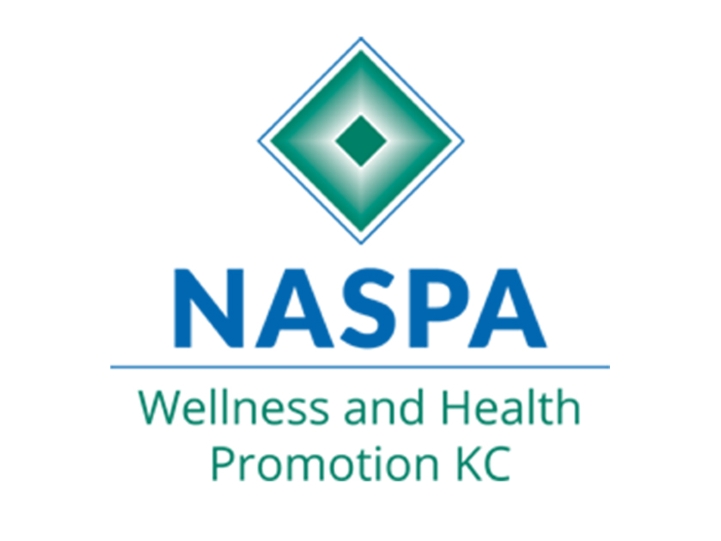
Protective Factors and Proactive Measures for Increased Well-being Among College Students
Health, Safety, and Well-being Wellness and Health Promotion AVP or "Number Two" Faculty Graduate Mid-Level New Professional Senior Level
January 27, 2021
There is no denying that there is a mental health crisis in our county. Fifty percent of people develop a mental health disorder at some point in their lives and 75% of mental health disorders are developed by age 24 (NAMI, 2020). As a result, unfortunately, many young adults may experience an issue with their mental health for the first time on their college campus. This period of transition for many is marked by leaving home for the first time, facing increased academic rigor and financial pressures, making new friends, identifying a career path, and more. A 2018 survey from the American College Health Association found that almost two-thirds of students had “felt overwhelming anxiety” at least once in the last twelve months. In the same survey, 87% of college students expressed they had felt “overwhelmed” by all they had to do at least once in the last 12 months. Furthermore, “one-fourth of Gen Zers say they don't do enough to manage their stress, and nearly three-quarters (73%) indicate they could have benefited from more emotional support in the last 12 months” (Schwartz, 2019).
Unfortunately, while we still do not know the lasting impacts the Coronavirus will have on student mental health, initial data has shown a rise in mental distress. According to a survey conducted in April 2020 by Active Minds, 80% of college students reported that COVID-19 has negatively impacted their mental health and 1 in 5 say their mental health has significantly worsened under COVID-19. In another recent study of college students, 91 percent reported moderate to high stress levels, and 39 percent reported moderate to severe anxiety, while 53 percent reported moderate to severe depression (Klass, 2020).
Protective Factors, Community & How They Help Our Mental Well-being
Colleges and Universities can promote mental well-being by purposefully creating the conditions for students to thrive. Increasing protective factors, including prosocial behavior, resiliency, social connectedness, and sense of community, can facilitate supportive environments where students can flourish. Fostering community and encouraging socialization is critical for overall well-being. A growing body of research shows that the need to connect socially with others is as basic as our need for food, water, and shelter. Many studies indicate that belonging is related to longer life and better health (Center for Community Health and Development, 2017). The psychological construct, Sense of Community, is a measure of one’s experience of community and includes four dimensions: Needs Fulfillment, Group Membership, Influence, and Emotional Connection (Chavis, Lee, and Acosta, 2008). People with a greater sense of community are more likely to act in healthy ways and work with others to promote well-being for all (International Institute for Restorative Practices, 2020). Wellness and Health Promotion practitioners can - and have a responsibility to - directly facilitate an increase in these protective factors at both the individual (micro) and community (mezzo) levels.
Proactive Measures: Positive Psychology, Mindfulness & Self-Compassion
Positive Psychology, Mindfulness, and Self-Compassion are three fields that have been shown to positively impact college students’ well-being. Positive Psychology is the application of psychological research on human flourishing and optimal functioning to help humans lead an engaged, meaningful, and fulfilling life. Studies show that college students who report higher levels of optimism (Carver et al., 2009) and emotional well-being (Diener, 2000)--two aspects of positive psychology--enjoy college more and report higher levels of satisfaction with their college experience (Schreiner et al., 2009). Mindfulness is purposeful, nonjudgmental attentiveness to the present moment in oneself and in the external world. Studies have found that college students with higher levels of Mindfulness experienced lower levels of stress in response to academic stressors and used less defensive, more effective coping strategies (Weinstein, Brown & Ryan, 2009). Self-Compassion is the capacity to forgive, encourage, and motivate oneself when struggling with feelings of personal failure or inadequacy. Self-Compassion training has been found to reduce chronic academic stress among college students (Kyeong, 2013; Zhang et al., 2016). Furthermore, self-compassionate students are also more likely to respond constructively to academic setbacks, maintain their motivation and sense of competency, and perceive their mistakes as opportunities for potential growth (Neff, Hsieh, & Dejitterat 2005).
How Higher Education Institutions Can Help Student Well-being
Higher education institutions can help student well-being by proactively providing college students with the tools and resources needed to deal with the trials and tribulations inherent in this phase in life, as well as weather the current difficult storms. According to Davis (2020) before the Coronavirus pandemic, 60% of college students polled already felt that their universities did not do a good job of helping them manage their mental health. 87% of students said that while high school prepared them academically for college, it did not provide any skills on how to socially and emotionally adjust (Jaschik, 2015). Fortunately, higher education institutions have begun recognizing the protective and proactive measures that enhance mental health. Campuses are investing in self-care, community care, and resilience programs. A new focus is being put on the importance of social health, including community and connection. In addition, recognizing the increased need and demand from Generation Z students, higher education institutions are making amazing shifts from a single resource counseling center to embedding wellness initiatives within many different departments. Examples of current initiatives include recognizing students for resilience skills, campus-wide gratitude days, and even designated living-learning communities for those students who wish to learn mindfulness, stress management, and positive psychology skills (Schwartz, 2019). Another way to do so is by embedding mental and emotional wellness programs in both curricular and co-curricular offerings.